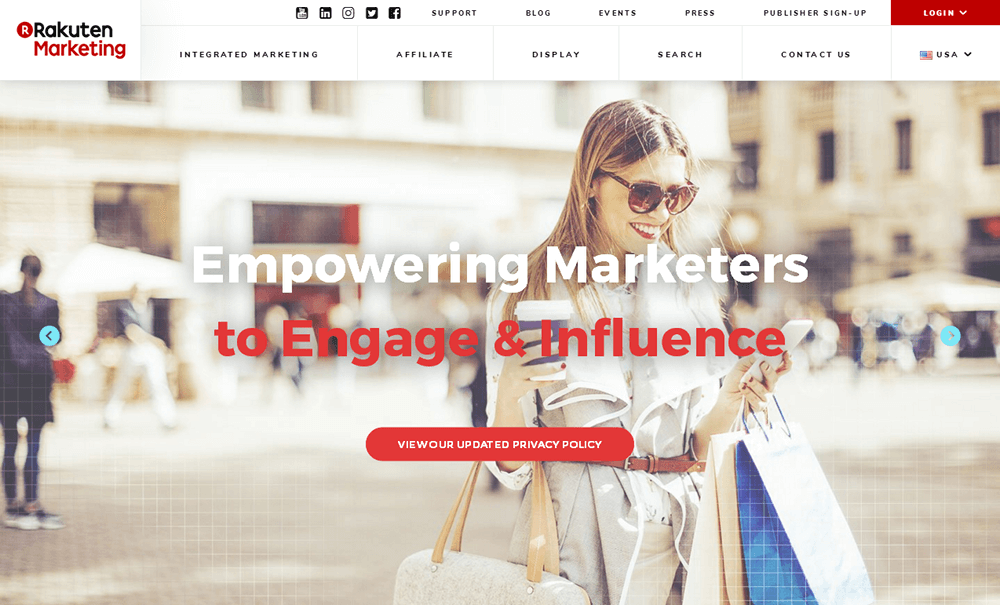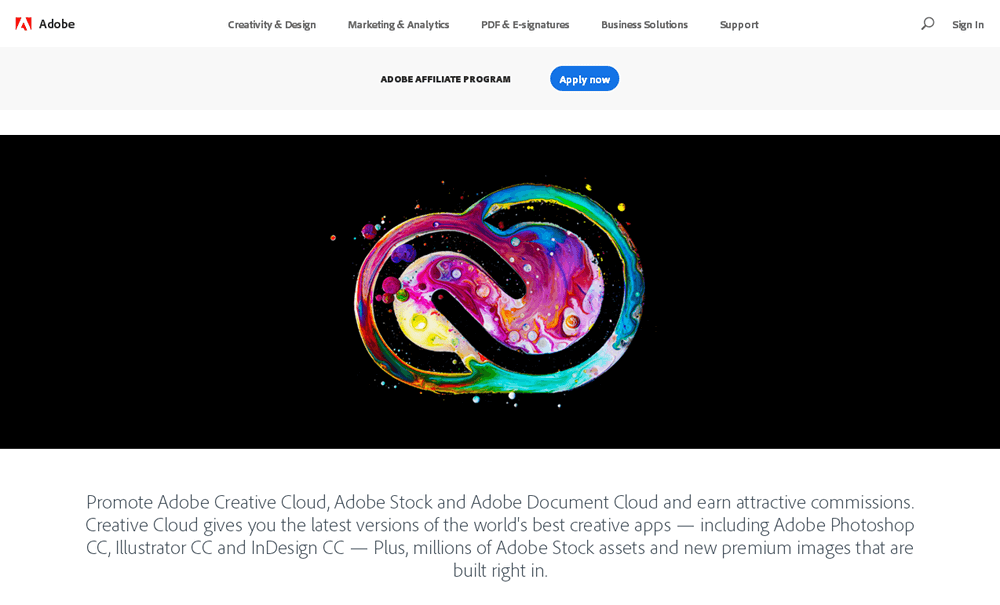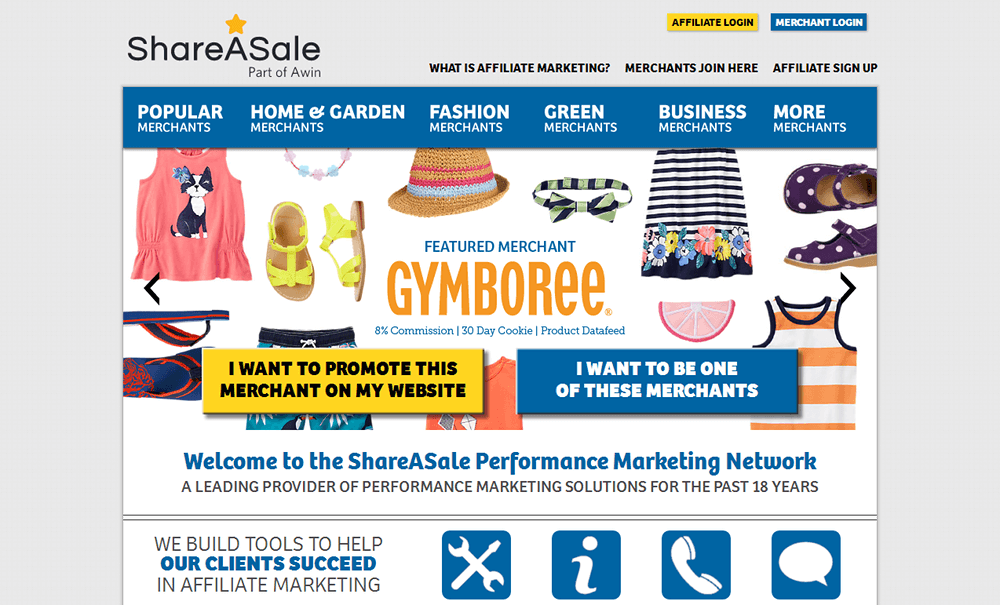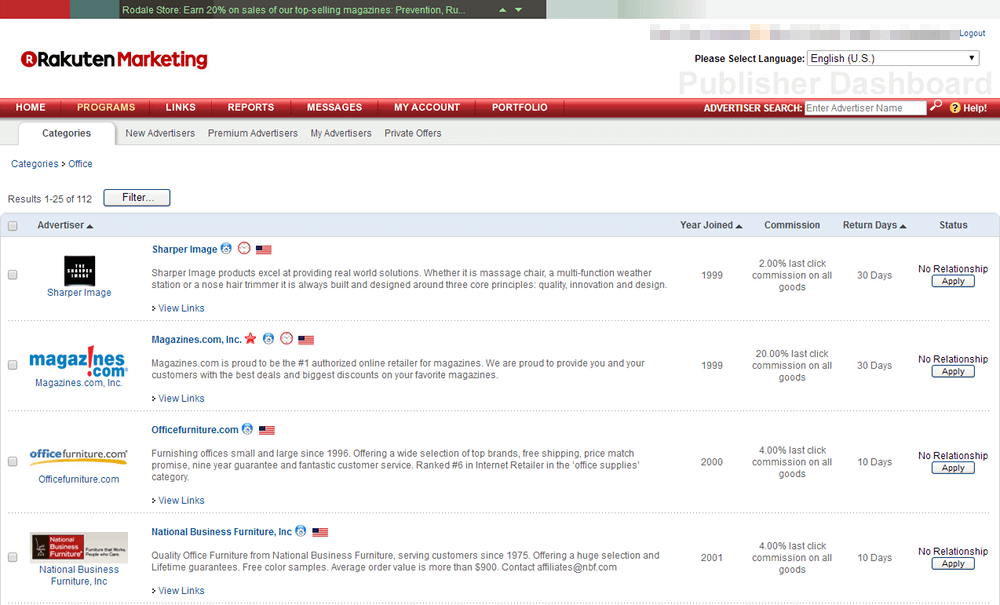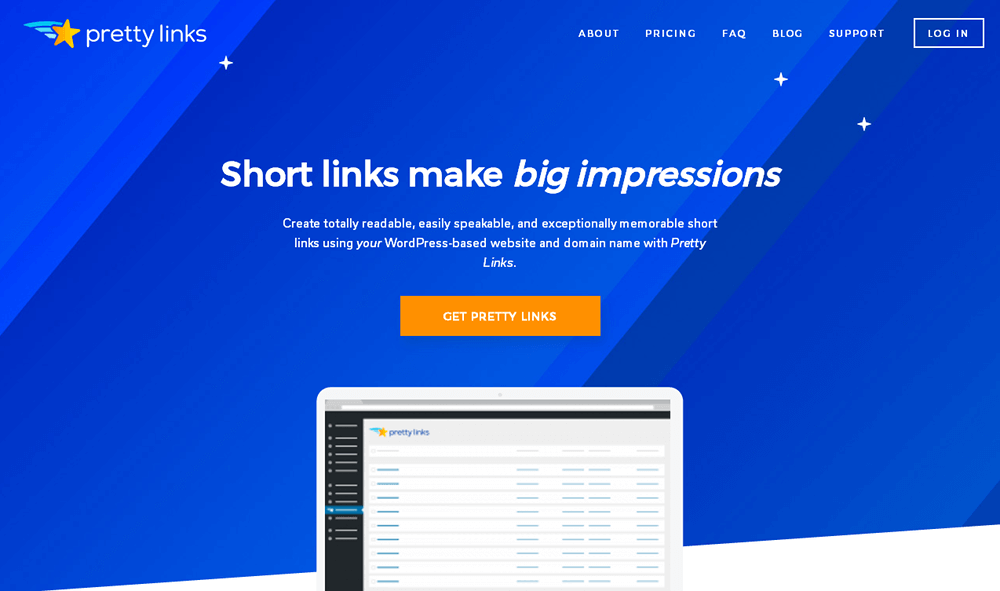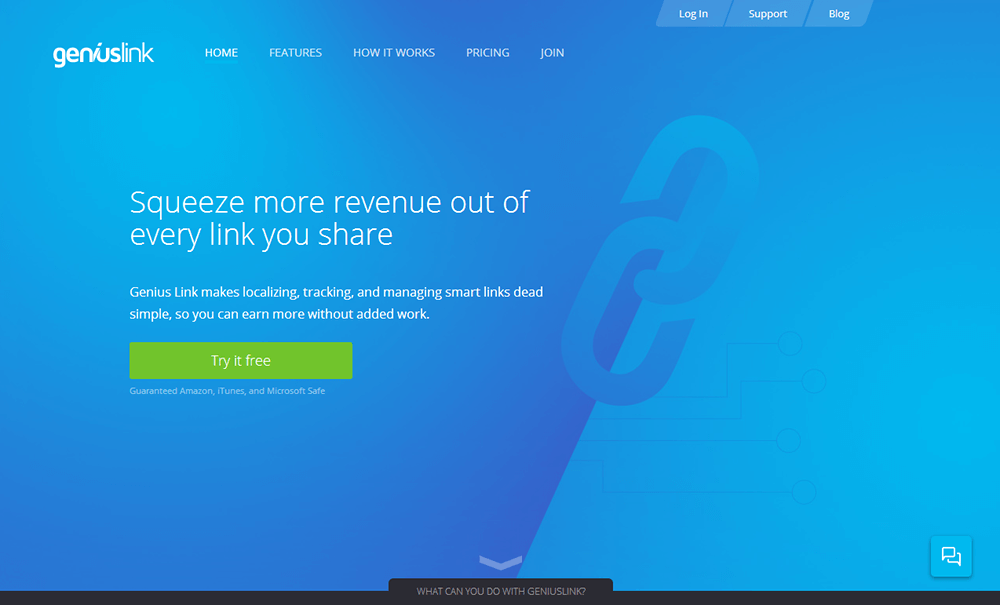There are many ways to make money blogging, but generating revenue as a new blogger can be difficult despite this. You’ve heard of the thousands upon thousands of dollars other bloggers have generated from ebook and course sales, but you’re having trouble keeping up with a consistent publishing schedule let alone finding the time or resources to complete an ebook or course. That’s why affiliate marketing is such a popular option for new and growing blogs.
Affiliate marketing is one of the smartest and most cost-effective ways for bloggers to generate incomes. This is mainly due to how simple it is to integrate an affiliate marketing strategy into your content marketing strategy. You can insert affiliate links into any post you publish, so you won’t need to do extra work in the way you’d have to if you wanted to create an ebook or course. Plus, most companies allow anyone to join their affiliate programs regardless of how popular their blogs are.
In this post, we’re going to cover what affiliate marketing is (and isn’t), what you can accomplish with it, how to find affiliate programs as well as a few additional tips when you’re ready to start using your affiliate links. Let’s get into it.
What is Affiliate Marketing?
From a technical perspective, affiliate marketing can be defined as this:
A marketing arrangement by which an online retailer pays a commission to an external website for traffic or sales generated from its referrals.
When it comes to affiliate marketing in the world of blogging, that “marketing arrangement” is made between you, “an external website,” and the company, “an online retailer,” that produces/offers the product or service you want to promote. You’re given your very own affiliate link to pass on to your readers to promote that product or service.
When a reader clicks the link and completes a purchase, you’re paid a commission, which is a portion of what they paid. This is paid by the company at no additional cost to your reader. Some companies may also offer to pay you a commission when a reader simply clicks your link regardless of whether or not they actually completed a purchase, but this is rare.
How Does Affiliate Marketing Differ from Sponsorships?
As difficult as it may be, it’s important not to get affiliate marketing confused with sponsorships. Affiliate marketing is not a direct endorsement of your brand or content from a company. It’s a simple arrangement that allows you to earn revenue for referring new customers to that company. You aren’t paid unless you refer traffic or new customers to them. This arrangement is often available to anyone regardless of web traffic, social media following or list size, as previously stated.
Sponsorships, on the other hand, are direct endorsements of your brand or content. You’re paid a lump sum, ranging from a few hundred to a few thousand dollars, regardless if you generate traffic and revenue for the company. Because of this, sponsorship deals are typically only offered to established blogs who can provide a decent amount traffic to the company endorsing them. This makes affiliate marketing a much better income source for new and smaller blogs.
Why is Affiliate Marketing Important?
We already touched base on this, but we’ll mention it again. Affiliate marketing is one of the most important sources of income you can use because it’s accessible to almost anyone and is so effective when it comes to generating revenue. You don’t need tons of traffic or a strong social media presence to get started. You only need great, high-quality content as well as products and services to promote.
What can you achieve with affiliate marketing? Let’s take a look at a few figures:
- Pat Flynn of Smart Passive Income generates over $60,000 in affiliate revenue every month. He’s even generated over $100,000 in revenue in a single month when a particular brand ran a promotional offer.
- Abby Lawson of Just a Girl and Her Blog generates over $20,000 in affiliate revenue every month.
- According to a report published in February 2016, which was completed by Forrester Consulting and commissioned by affiliate network Rakuten Marketing, US-based companies will pay affiliates over $6.8 billion in commissions by 2020.
- Over 1.1 billion consumers use Rakuten Marketing worldwide.
- ShareASale, another popular affiliate marketing network, hosts over 3,900 affiliate programs.
As you can see, the potential for generating an income through affiliate marketing is undeniable. With that said, let’s go over how you can find your own affiliate programs to use.
How to Find Products and Services to Promote
Your ability to generate revenue from your blog through affiliate marketing relies heavily on your relationship with your readers and how trustworthy you appear at first glance. We’ll get into this more later, but we will talk about the impact it should have in the affiliate programs you choose to join.
Your first instinct may be to seek out companies who pay the highest commissions or join affiliate programs other bloggers in your niche are finding success in, but these methods are ill advised. There is so much more going on with a blog that earns thousands upon thousands in affiliate revenue on a month-to-month basis than placing a few affiliate links here and there.
As we often stress in many of our posts about blogging and online business, your content needs to solve problems if want it to generate revenue. Slick marketing tactics do not keep a company in business. A product or service consumers know they can rely on and trust to solve their problems in the long run does.
Finding Affiliate Programs on Your Own
What you should do is consider products and services that would help your readers the most and pass over the trust you have in those companies. Consider the products and services you already use in your niche, and see if they have affiliate programs by searching for “[product/service name] affiliate program” or search for it on their websites by adding “/?s=affiliate program” to the end of their URLs.
Let’s say I’m a photographer who teaches digital photography to beginners. I use Photoshop to edit my images and mention it frequently on my blog. I even post full-length tutorials using the software regularly. This makes Photoshop a great contender for my affiliate marketing strategy. It’s a product I trust and provide information on how to use regularly. So, I search for “photoshop affiliate program” on Google and come across Adobe’s affiliate program.
Let’s examine the benefits this program includes as well as a bit of the language Adobe uses so you can gain a better understanding of how these programs work.
The Adobe Affiliate Program
Here are the benefits Adobe lists on the landing page for its affiliate program.
“Vast monetization opportunity with outstanding commission structure to help you make more money. Cookie durations are 30 days for click life time.”
That statement is a mouthful, but the second sentence is most important. What Adobe is telling you is that it’ll save your reader’s cookie data 30 days after they’ve clicked your affiliate link. This means if they click the link on the 5th of the month but don’t purchase anything until the 15th, you’ll still receive a commission from their purchase due to that 30-day cookie duration so long as they haven’t cleared the cookies in their browser.
“Access to a comprehensive selection of ready-to-publish marketing banners and text links for Adobe Creative Cloud, Document Cloud and Adobe Stock.”
What this is telling you is that Adobe will offer pre-made banner images you can use to place professional ads for the company’s software on your site. You’ll also have access to promotional affiliate links.
“Regular and exclusive promotions with encouraging publisher incentives.”
Do you remember when I said Pat Flynn earns almost twice as much as he usually does through affiliate revenue at times? This is why. What Adobe is informing you of here is that they’ll allow you to promote their products with discounts from time to time. “Regular” means discounts offered regardless if your reader uses your affiliate link or not. “Exclusive” means your reader must use your affiliate link to receive a discount.
“Up-to-date information on new releases and product launches.”
This means Adobe will let you know about updates to products and upcoming products before they’re released. This allows you to keep your reader informed while also giving you a way to generate buzz.
“Product level, daily reporting to help you learn quickly and enhance your marketing efforts.”
This is telling you the Adobe affiliate program comes with built-in reports that allow you to see how your affiliate sales are progressing.
The commission rates Adobe offers are extremely generous. While most companies offer a commission of 30% or lower, Adobe offers a commission rate of 85% of your reader’s first monthly payment of Adobe Creative Cloud. This means you’ll earn 85% of what they pay for their first month.
Using Affiliate Marketing Networks
We’re going to talk about two affiliate marketing networks in this section. An affiliate marketing network is a digital space marketers and advertisers can use to connect. Two networks you can use are Rakuten Marketing and ShareASale. They work in different yet similar ways.
You create an account with one (or both) of these services and provide information about your business as well as your payment information so you can receive payouts for commissions. Once you’re all set up, you can browse each service’s advertiser library and apply for various affiliate programs. You can see the dashboard displays the commission rates each advertiser offers. Payment is handled by the service themselves, so you won’t need to send and keep track of invoices.
It’s important to note whether you’re applying for affiliate programs on your own or using an affiliate network, you are subject to rejections. Some companies approve marketers automatically while others process each application manually.
Affiliate Marketing Tips & Strategies
There are a few tips and strategies we recommend following when it comes to affiliate marketing. For starters, we highly recommend promoting what you know whenever possible. Promoting a new product you hardly have any experience in is fine once in a while, but promoting something you’ve used successfully for years is bound to help you gain the trust of your audience more efficiently.
When you do use affiliate links on a page, be transparent about it. This isn’t a choice if you’re in the United States, by the way. The Federal Trade Commission, or FTC, requires you to provide a clear disclosure when receiving money in exchange for promoting a product. Providing a disclosure is as simple as inserting the following message at the top of every post and page that contains an affiliate link:
Disclaimer: This page contains affiliate links. If you click on one of these links and complete a purchase, I will earn a commission at no additional cost to you.
Feel free to edit and build onto this message on your own blog or copy and paste it word for word.
Using Affiliate Links Properly
When it comes to using affiliate links, try to only provide one option for each problem you’re trying to solve. Beginners may feel overwhelmed at the prospect of having to choose between too many options no matter the niche. This may ultimately lead to them not making a decision at all, which may ultimately lead to fewer affiliate sales for you.
You can use affiliate links throughout your site, but it’s best to place them in strategic places. These include reviews of the product or service you’re promoting as well as in depth tutorials and guides. You should also create a Resources page on your site where you list the tools, products and services you use in your niche and insert affiliate links for them.
Using Tools to Streamline Your Affiliate Marketing Strategy
There are dozens of affiliate marketing tools we can recommend to you, but we’re going to stick to three. The first is Pretty Links. It’s a free WordPress plugin that also comes in a premium version. It allows you to cloak long, unappealing affiliate links with your own custom “pretty links,” such as “yourdomain.com/go/audible/.” It also provides a shortcut in the WordPress editor, which you can use to add affiliate links to posts on the fly.
A plugin that’s highly similar to Pretty Links, and one we use here at ThemeTrust, is ThirstyAffiliates. It’s another free WordPress plugin that comes in a premium version, and it offers much of the same features Pretty Links offers. There are subtle differences between the two, but ThirstyAffiliates is slightly cheaper than Pretty Links.
The last tool we’re going to mention is Genius Link. This is a wonderful tool for Amazon affiliates. Amazon ships to countries all around the world, but there’s no way for you to add separate affiliate links for each individual country your reader may be ordering from without spamming your post with promotional links. Genius Link solves this issue by redirecting your reader to their regional Amazon site when they click your affiliate link.
That’s all for this post, if you want more information on affiliate marketing or making money blogging, check out these posts:



